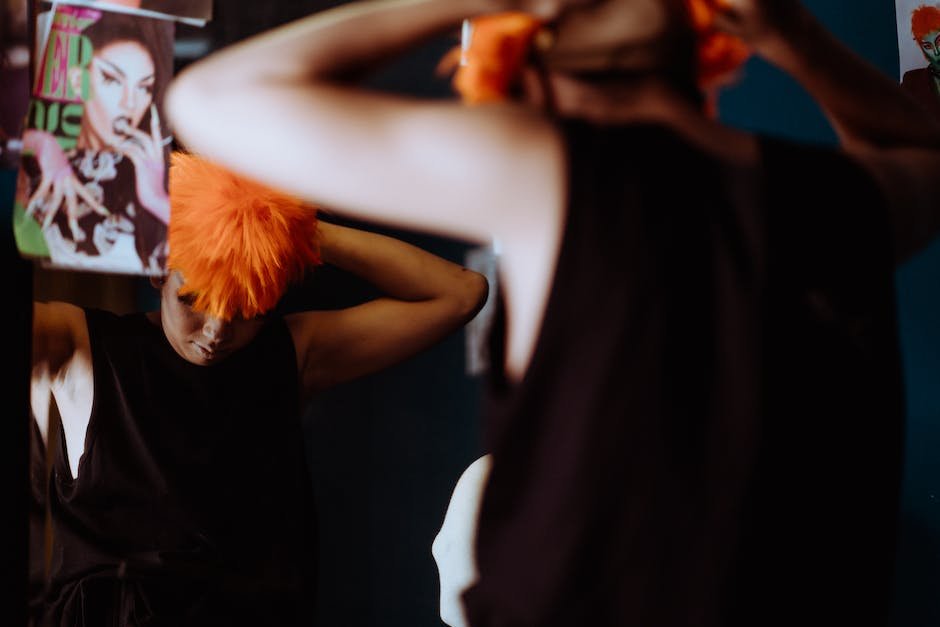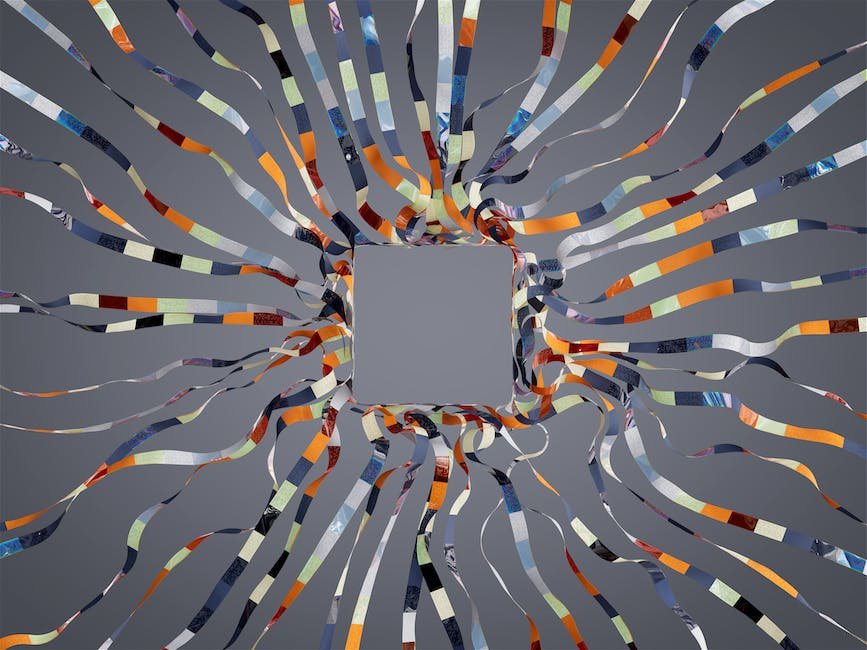In the realm of artificial intelligence evolution, a groundbreaking development has emerged that has the potential to redefine the intersection of creativity and algorithmic technology. This revolutionary concept, known as Dall-E, has its roots at OpenAI, an esteemed AI research lab. The intricacies of Dall-E extend far beyond the surface, built upon a sophisticated, articulated model and augmented by the potency of advanced AI capabilities. Dall-E isn’t your everyday AI system; it possesses the unique ability to convert text descriptions into novel images, exponentially expanding the scope of AI’s potential influence on sectors like design, advertising, and content creation.
Understanding Dall-E
Dall-E is a groundbreaking creation designed by OpenAI that exemplifies the thrilling promise of artificial intelligence (AI) technology.
The name Dall-E is a fusion of the famous Spanish surrealist painter Salvador Dali and WALL-E, an animated science fiction character. This AI system’s primary function is to generate images based on textual descriptions provided by humans. It symbolizes the impressive advancement in AI technology, specifically in the realm of generative adversarial networks (GANs).A GAN, in essence, comprises two components — the “generator” and the “discriminator”. They are two neural networks trained in tandem. The generator creates data instances as realistic as possible, and the discriminator’s task is to distinguish whether each instance of data it sees is from the generative model or from the real dataset.
The generator’s mission in Dall-E is to create a piece of digital artwork from a textual description. If the user input is “an armchair in the shape of an avocado,” Dall-E will generate an image that mirrors this concept as closely as it can.
Dall-E is based on OpenAI’s earlier language prediction model, GPT-3, but with advancements in image generation. With approximately 12 billion parameters, Dall-E showcases its ability to generate countless unique images, that range from ordinary to fascinatingly bizarre, all from one set of brief textual instructions.
This sophisticated AI system indicates a significant leap towards a future where AI can not only understand our language but also generate representative visual content. Dall-E’s capability to generate intricate and bizarrely creative illustrations even extends to creating objects and creatures that do not exist in reality.
However, this remarkable AI model also brings forth pivotal questions regarding copyright issues, data misuse, and broader societal implications. As AI technology like Dall-E expands and evolves, it is incumbent upon the research community to probe these critical issues and develop robust frameworks to manage any potential implications and misuse effectively.
In conclusion, Dall-E represents a notable stride in the increasingly intertwined realms of artificial intelligence, digital art, and human creativity. It serves as a powerful demonstration of the potential of AI technology, paving the way for future advancements and challenges in this intellectual expedition.

Dall-E’s Remarkable Features
Dall-E’s distinguishing attributes extend beyond previously discussed realms of creative imagination, integration with AI systems, and potential for ascertaining societal implications. Significantly, Dall-E encapsulates a step forward in solving the arduously challenging task of enhancing the precision of AI image generation. Where former systems faltered in generating detailed, specifically requested items, Dall-E advances, manifesting images from even obscure or nuanced text prompts.
This precision can be credited to Transformer models, the underlying architecture of Dall-E. This model was initially designed for handling sequential data in Natural Language Processing (NLP), but its adaptability allows it effectively to interpret and manipulate two-dimensional image data. As such, it can blend and morph uncommon combinations or generate bizarre entities from pure imagination, with astonishing attention to detail. It is the intriguing amalgamation of art, language comprehension, and technology that sets Dall-E apart.
Moreover, Dall-E demonstrates a keen trait of grasping contextual nuances within the given prompts. It comprehends a wide variety of input formats with consistency, showcasing a degree of understanding beyond mere textual analysis. Whether a prompt is given in free text, structured sentences, or even a descriptive narrative, Dall-E generates illustrations that live up to the instructions, reflecting its sophisticated comprehension of contexts.
Emerging technologies often come fraught with their own unique complications and detractors. Still, the ripples caused by Dall-E’s advent are especially interesting from a societal and ethical perspective. For one, Dall-E breaks new ground when it comes to intellectual property. By generating entirely new, custom artwork at the demand of a user, it could potentially disrupt traditional constructs of ownership and copyright. The line begins to blur about who essentially owns the AI-generated art – the user who provided the prompt, or the AI that brought it to life.
Next, there’s the factor of content moderation. Given Dall-E’s outlined ability to generate images from practically any text prompt, there arises a question of ethical use of such a technology. While OpenAI has put certain restrictions in place, the concern remains about the potential misuse in the vast and unsupervised digital world.
In conclusion, Dall-E is not just a breakthrough in AI technology; it’s a testament to the captivating intersections of human creativity and machine learning. Whether it’s composing images from eclectic text prompts or its ability to comprehend intricate instructions, it undoubtedly adds a new, colorful stroke to the canvas of artificial intelligence. The advent of such a technology, however, necessitates a deeper dive into how we perceive, regulate, and manage the evolving face of AI. The true potential and challenge of Dall-E is not just about what it can create today, but the avenues it could venture into tomorrow.

Artificial Intelligence Technology Behind Dall-E
Delving further into the underpinnings of Dall-E, a pivotal component of its operation lies in the realm of AI learning algorithms, specifically Variational AutoEncoders (VAEs). VAEs function as key pillars in Dall-E’s structure, facilitating the efficient generation of diverse and even novel illustrations. VAEs are a breed of generative models with an inbuilt encoder and decoder, which aids in funneling large inputs into smaller, easily manageable latent variables, eventually decoding them to reproduce the original input. This compression-decompression style retains significant data structures and patterns while dispensing superfluous details. Consequently, VAEs enable Dall-E to trawl through a panorama of potential illustrations to find a fitting match for any given textual prompt.
The crux of Dall-E’s prowess, however, resides within its masterful integration of VAEs with the neural network architecture, or more specifically, Transformer models. Essentially a subset of Attention Mechanisms, Transformer models trenchantly dominate the landscape of modern Natural Language Processing owing to their efficacious approach in handling sequential data while being agnostic to the data’s temporal dynamics. Their distinct ‘attention’ feature allows Dall-E to perceive, weigh, and accommodate subtle associations between diverse elements during its image-generation tasks, thereby escalating its generative accuracy and variety.
Moreover, accompanying Dall-E’s journey of visual renderings, an ingenious orchestration of GPT-3, an OpenAI language prediction model, unscrolls in the backdrop, endowing Dall-E’s image generation process with linguistic intuition. Arduino-fitted unicorns, avocado-shaped armchairs, or a flock of flying toasters may seem drawn from the silliest children’s daydreams, yet Dall-E absorbs, blends, and outputs these word-image combinations with laudable unflappability, largely credited to GPT-3’s robust language model fine-tuned by Dall-E for creative visual tasks.
While unraveling Dall-E’s capabilities, it behooves us to address the elephant in the room: the ethical and societal implications that can quickly eclipse its captivating potential. As with every invention of profound potential, Dall-E could also be an asset of misuse or generate legally contentious scenarios, especially regarding intellectual property and content moderation. This brings into sharp focus the need to refine current norms, policies, and regulations aligning with the rapidly evolving AI technologies.
In conclusion, Dall-E stands at the convergence of human creativity and machine learning, unlocking new horizons in both realms. Bridging textual descriptions with vivid, context-specific imagery, it leverages sophisticated algorithms, Transformer models, and AI learning techniques to spin a avant-garde web of possibilities. Yet, its unchained potential highlights the dire need for deeper exploration of how to perceive, regulate, and manage the continually evolving face of AI. Accelerating technological prowess must remain parallel to ethical considerations to ensure AI serves as a vehicle for human advancement, not as an unchecked apparatus with potentially adverse consequences.

The Potential Impact and Implications of Dall-E
Believing in the potential of Dall-E as an AI-driven image generation tool, it is crucial to fathom the downstream impacts and possible real-world applications this technology promises. The boundaries are seemingly endless: from creating personalized digital artwork to reinventing the advertising industry, Dall-E’s capabilities hold extraordinary potential.
Visualizing the Inconceivable
Dall-E’s proficiency in illustrating unreal or fictitious entities from textual prompts is undeniably captivating. In education, for instance, this could revolutionize teaching methods. Evoking vivid images of historically significant events, picturing complex scientific phenomena, or illustrating literary imagery can potentially enhance learning and foster creativity among students, making abstract concepts graspable via tangible images.
Reimagining the Creative Industries
In the arts and media industries, Dall-E opens a whole new realm of possibilities. It could serve as a tool for generating initial drafts to inspire artists or character designers. In the world of advertising, unique product mock-ups and experimental ad campaigns could be created at an unparalleled speed. For independent creators, this could be a tool for crafting illustrations to accompany their written works.
Augmenting Research in Different Fields
Similarly, it is plausible that Dall-E could augment research in various fields, such as archeology, paleontology, or astronomy, where it could visualize predictions, recreate extinct creatures, or imagine otherworldly landscapes based on gathered data or theories. However, with these potential applications also comes the need for caution. There’s a need to ensure accuracy, as visually compelling, yet faulty interpretations could mislead or propagate misconceptions.
Answering Urgent Questions in AI Ethics
While Dall-E’s capabilities are undoubtedly groundbreaking, they unequivocally raise a vital dialogue on AI ethics. As society delves deeper into AI integration, deliberate thought must be given to questions like: Who truly owns AI-generated work? How should content moderation be handled in light of AI entities capable of producing visuals? These queries merit thorough discussions to ensure that progress respects ethical boundaries and existing legislations.
Building a bridge between technology and society
Finally, it is profoundly important that as Dall-E and technologies like it evolve, a bridge is constructed between technology and society. This technology is transforming the way we interact with digital content, and engage with creativity. Public understanding and acceptance of such technologies should mirror their evolution. As such, the need for responsible AI practices, transparent AI governance, and public engagement in the process of shaping AI’s future has never been more essential.
In essence, Dall-E and its technological siblings represent more than technological progress; they are a part of an ongoing conversation about the intersection of technology, creativity, ethics, and societal impact. As we navigate and shape this brave new world, the role and place of AI will be continually redefined, and in this challenge, there is an immense promise.

Future Prospects of Dall-E Technology
Building on its current capabilities, the future brims with exciting possibilities for Dall-E and similar AI technologies. While much focus has been on the arts, AI’s grasp of human language and understanding coupled with highly powered image generation, has vast ramifications across various sectors beyond art and media.
In an educational context, Dall-E and its kin could revolutionize how information is communicated. Complex ideas could be made easier to understand through generating tailored visual aids. Simultaneously, such technology may foster creativity among students, enabling them to see their ideas and narratives visualized immediately. Thus, enhancing engagement in classrooms and promoting exploratory learning among the next generation of thinkers and innovators.
On a broader canvas, the impact of these technologies will extend into numerous other sectors. For instance, the advertising industry, where generating unique visuals based on briefs would streamline campaign development, create potent brand identities and puppets, thereby evolving the advertising landscape.
Similarly, AI-driven image generation has tremendous potential in research fields like archeology, paleontology, and astronomy. Visualization of theoretical or extinct entities, often reliant on manual artistic impressions, could be significantly enhanced. This could lead to more accurate representations and a greater understanding of our universe.
However, with the awe-inspiring magnitude of AI advancements, there comes a need for caution. The accuracy of generated images is paramount to avoid misunderstanding or misconceptions, especially while dealing with scientific fact. The assurance of precise, reliable results from AI systems becomes a critical factor for their wider acceptance.
Moreover, ethical implications concerning AI technology remain as significant as ever with Dall-E’s capabilities. The blurred lines around the ownership of AI-generated content need careful attention, as do issues associated with content moderation. Striking a balance between the free rein of creativity and the prevention of harmful content generation demands diligent scrutiny.
To navigate these challenges successfully, fostering a public dialogue around AI ethics and responsible practices is essential. The transparency and engagement of developers, stakeholders, and the broader public are key in shaping AI’s future in a manner that aligns with societal values and expectations.
In the larger narrative, Dall-E serves as a catalyst to deepen our understanding of technology’s intersection with human creativity. It stands at the forefront of the ongoing exploration of the balance between technological advancement, ethical considerations, and societal impact. As we look to the future, the development and application of AI technologies like Dall-E will undoubtedly continue to reshape the digital landscape, prompting a dialogue on how we comprehend, regulate, and interact with the rapidly evolving face of AI.

When gazing out to the horizon of future possibilities, the arrival of Dall-E technology signals the opening of a new chapter in the narrative of AI. The implications of such groundbreaking technology are wide-raging, coupling promise with complexity. The marriage of creativity and computation could stimulate novel advancements across diverse sectors, while also presenting new challenges. As we tread the evolutionary path of AI technologies like Dall-E, we must grapple with the attendant ethical and societal considerations. The future of AI is undeniably exciting, and Dall-E certainly serves as a harbinger of this thrillingly unpredictable journey.




